Boston Fern Turning Brown: Treating Brown Fronds On Boston Fern Plant
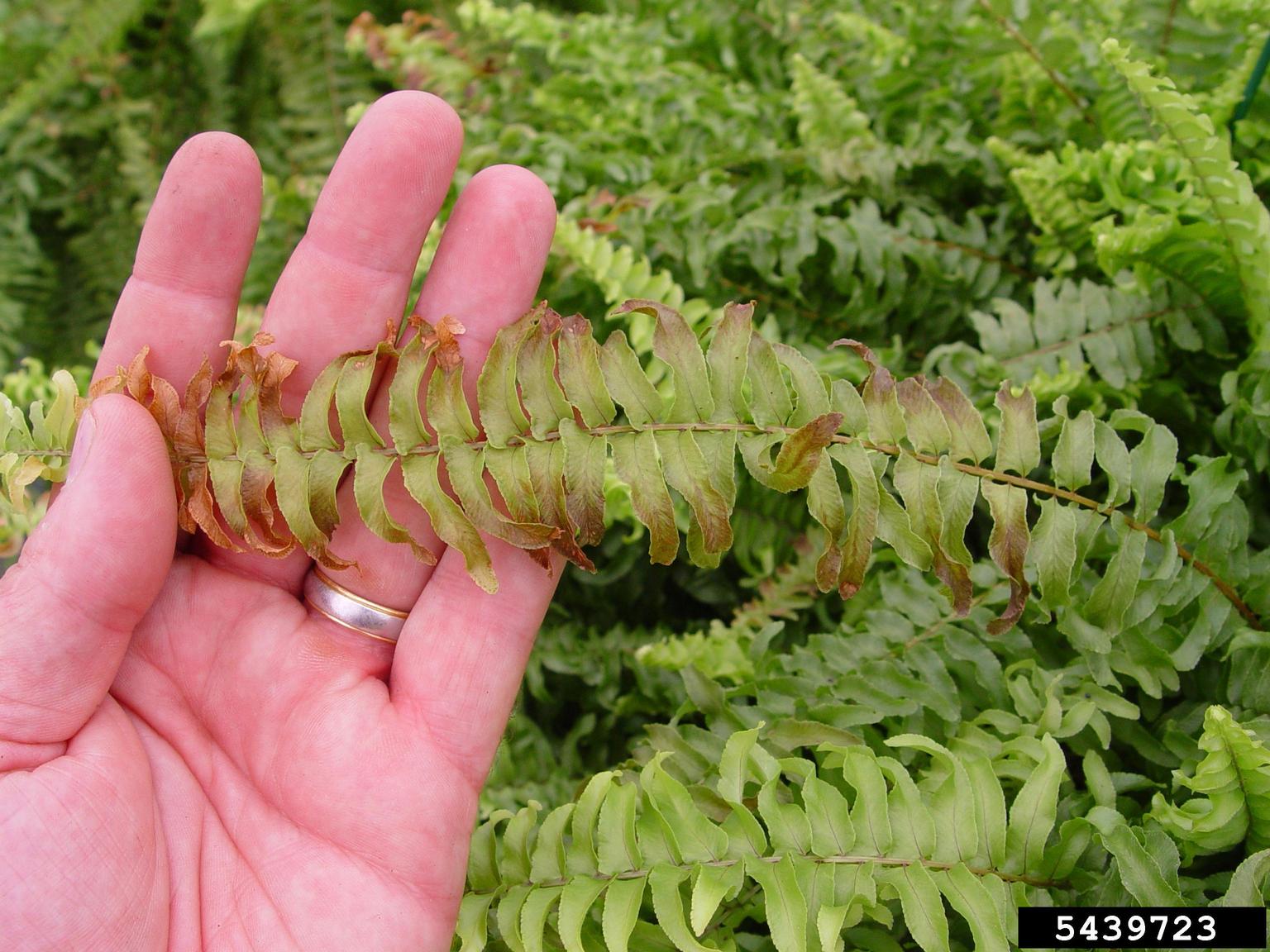

Boston ferns are old-fashioned plants that bring the elegance of turn-of-the-century parlors to the modern home. They put one in mind of ostrich feathers and fainting couches, but their rich green foliage is a perfect foil for any decorating choice. The plant requires plenty of humidity and low light to prevent the Boston fern from turning brown. If you have a Boston fern with brown leaves, it might be cultural or simply having the wrong site for the plant.
Boston ferns are made for container gardening. As houseplants, they are easy to care for and add lush greenery to your home. Boston ferns are a cultivar of the Sword fern. The variety was discovered in 1894 in a shipment of these ferns. Today many cultivars exist of the fern, which is as popular now as it was in the 19th century. As a foliage plant, the fern can't be matched, but Boston fern browning on fronds minimizes the attractiveness.
Why is My Boston Fern Turning Brown?
Boston fern browning may be caused by poor soil, inadequate drainage, lack of water or humidity, too much light, excess salt, or simply mechanical injury. If your cat tends to chew on the leaves, the tips will turn brown and die. Or, if you fertilize too frequently and don't leach the soil, the salt buildup will make the fern discolor.
Since there are so many possible causes, eliminate the cat and the fertilizer, take a look at where the plant lives, and then turn your attention to your care.
Cultural Causes for a Boston Fern with Brown Leaves
- Light - Boston ferns need moderate light to produce the greenest fronds, but they are prone to burning on the tips if the light is too intense. Ferns should not be placed in southern windows, as the heat and light will be too much for the plant.
- Temperature - Temperatures should be about 65 degrees F. (18 C.) during the night and no higher than 95 degrees F. (35 C.) during the day.
- Water - The plant also needs consistent water. Maintain an evenly moist medium, but not soggy, to prevent brown fronds on Boston fern.
- Humidity - Humidity is another big part of Boston fern care. Misting is one way to add humidity, but it is only a short term solution, as the water will evaporate. Fill a dish with gravel and water and place the pot on top of this to increase humidity.
How Do I Fix Brown Fronds on Boston Fern?
If cultural issues aren't the reason for your Boston fern turning brown, it might need repotting or feeding.
- Repot Boston ferns using a mixture of 50% peat moss, 12% horticultural bark, and the rest perlite. This will have the excellent drainage the plant requires.
- Use a water-soluble plant food mixed to half the recommended strength every two weeks and once per month in winter. An Epsom salt solution applied twice per year will help keep the greenest color. Mix at a rate of 2 tablespoons per gallon (30 ml./4 L.) of water. Always rinse the foliage after fertilizing Boston fern plants to prevent leaf burn.
Following these steps should soon have your Boston fern looking its best.
Gardening tips, videos, info and more delivered right to your inbox!
Sign up for the Gardening Know How newsletter today and receive a free copy of our e-book "How to Grow Delicious Tomatoes".

Bonnie Grant is a professional landscaper with a Certification in Urban Gardening. She has been gardening and writing for 15 years. A former professional chef, she has a passion for edible landscaping.
-
 Zinnias On Repeat: 10 Glorious Cut-And-Come-Again Varieties For Endless Summer Bouquets
Zinnias On Repeat: 10 Glorious Cut-And-Come-Again Varieties For Endless Summer BouquetsThese zinnia varieties keep giving all summer, making them the perfect choice for dedicated cutting gardens – or just the occasional homegrown bouquet.
By Ellen Wells
-
 Create A Romantic Garden Straight Out Of Bridgerton: Regency Era Romance In Your Garden
Create A Romantic Garden Straight Out Of Bridgerton: Regency Era Romance In Your GardenTry some romantic garden ideas straight out of Bridgerton. Flowers and gardens in the Regency era were lush and charming and you can get the same look!
By Bonnie L. Grant
-
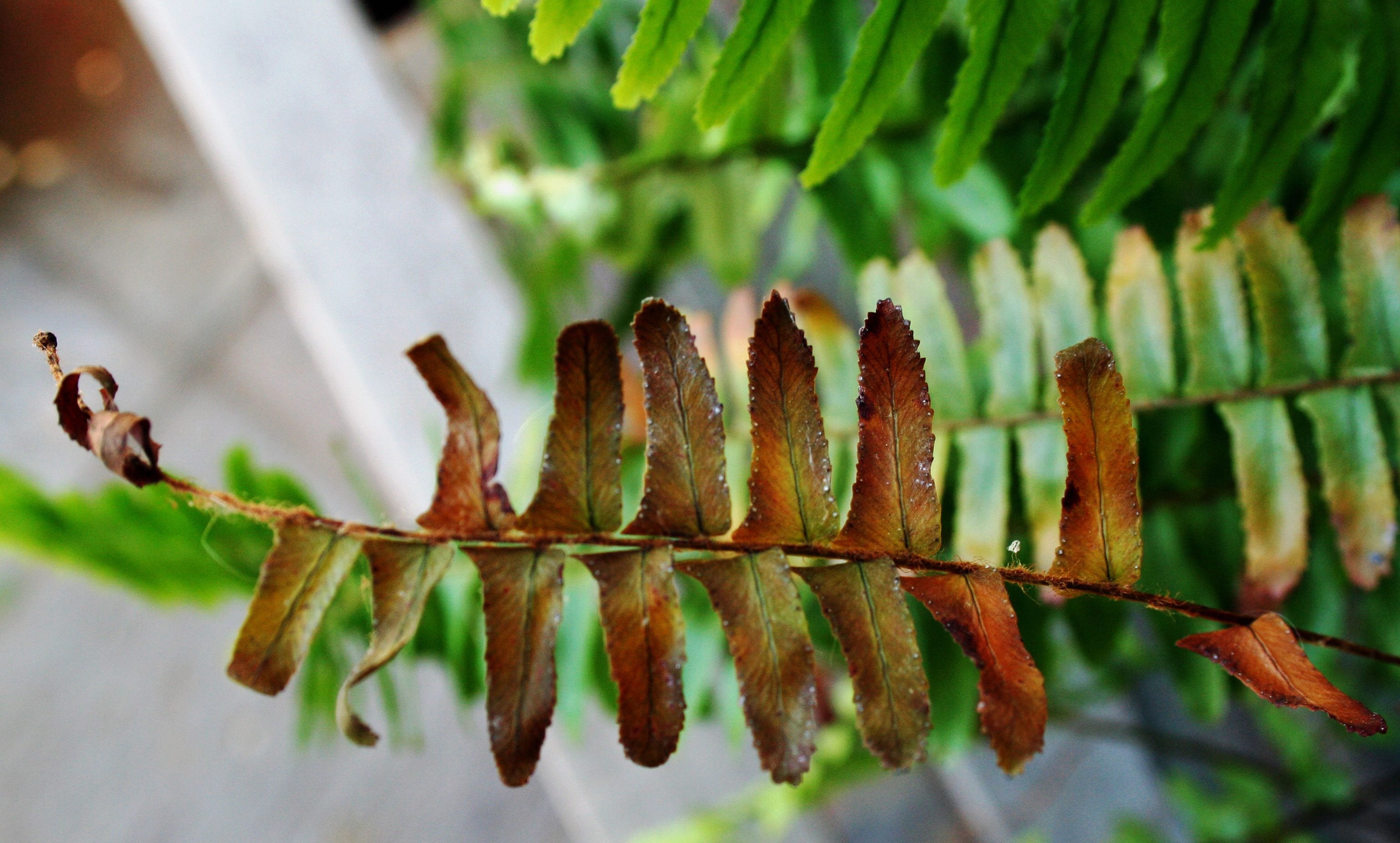 Boston Fern With Black Fronds: Reviving Black Fronds On Boston Ferns
Boston Fern With Black Fronds: Reviving Black Fronds On Boston FernsIt can be so disheartening to see your vibrant green Boston fern fronds turning black, or even brown. To learn what causes a Boston fern with black fronds, and what to do about it, take a look at the article that follows. Click here for more info.
By Liz Baessler
-
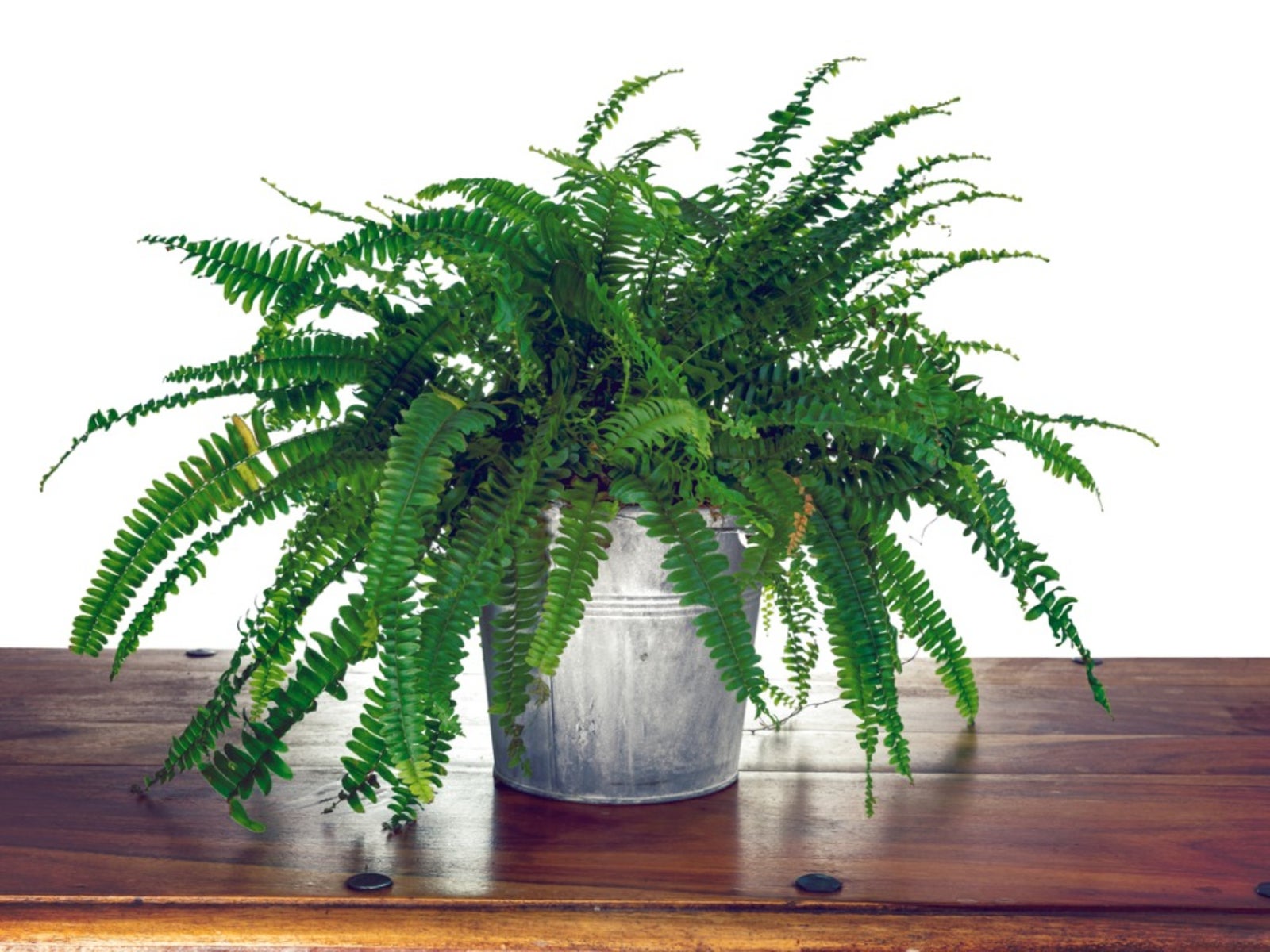 Boston Fern Diseases: Caring For Unhealthy Boston Ferns
Boston Fern Diseases: Caring For Unhealthy Boston FernsBoston ferns require adequate sunlight, water and nutrients to thrive, and good cultural practices help keep them healthy. If it doesn't get the best care - or even if it does - it may be attacked by diseases. Click here to learn more.
By Teo Spengler
-
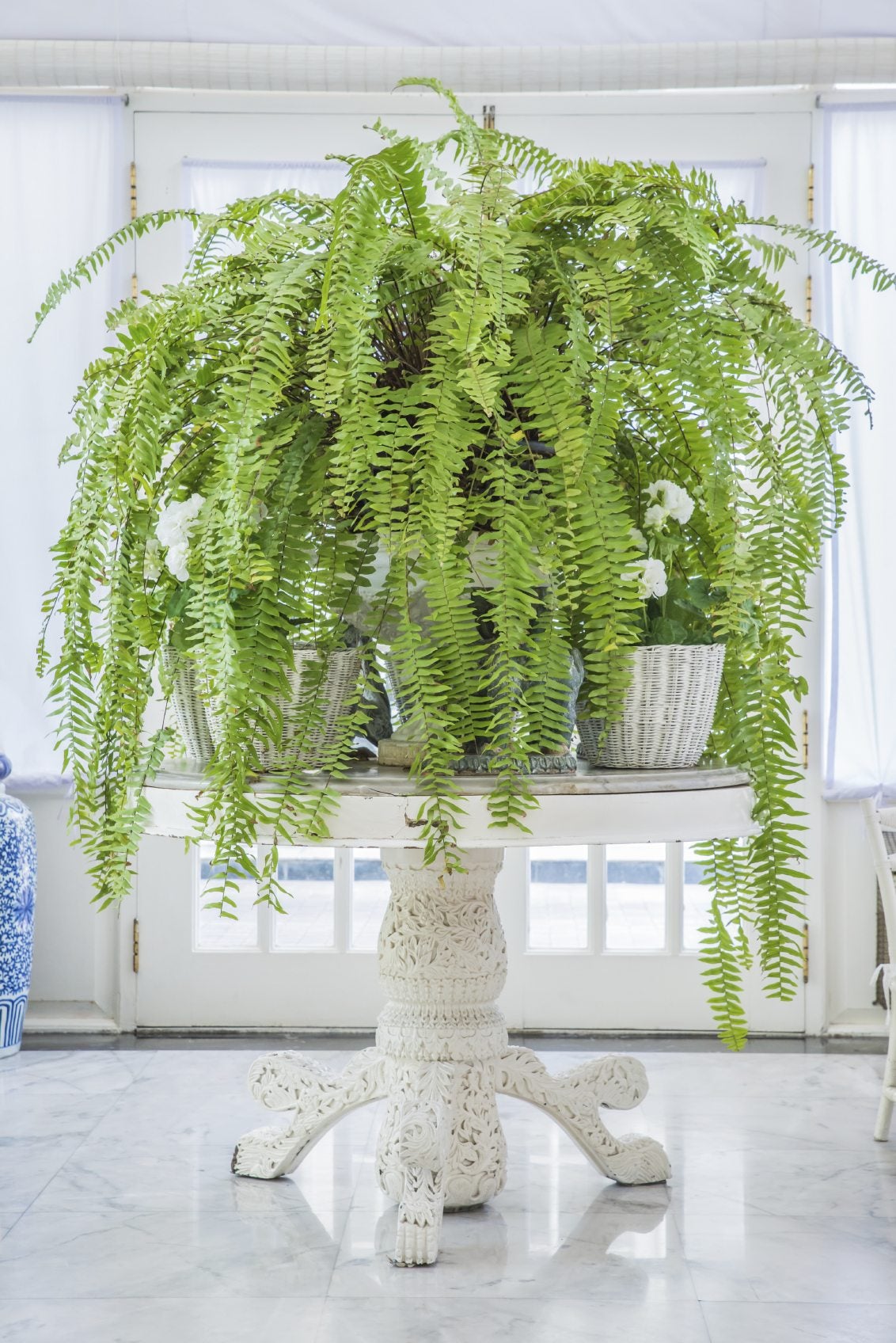 Boston Fern Light Conditions: How Much Light Does A Boston Fern Need
Boston Fern Light Conditions: How Much Light Does A Boston Fern NeedLight requirements for Boston ferns is a critical aspect of successful growing. Read this article to learn about Boston fern light needs, including Boston fern light conditions. Click here for more information.
By Mary H. Dyer
-
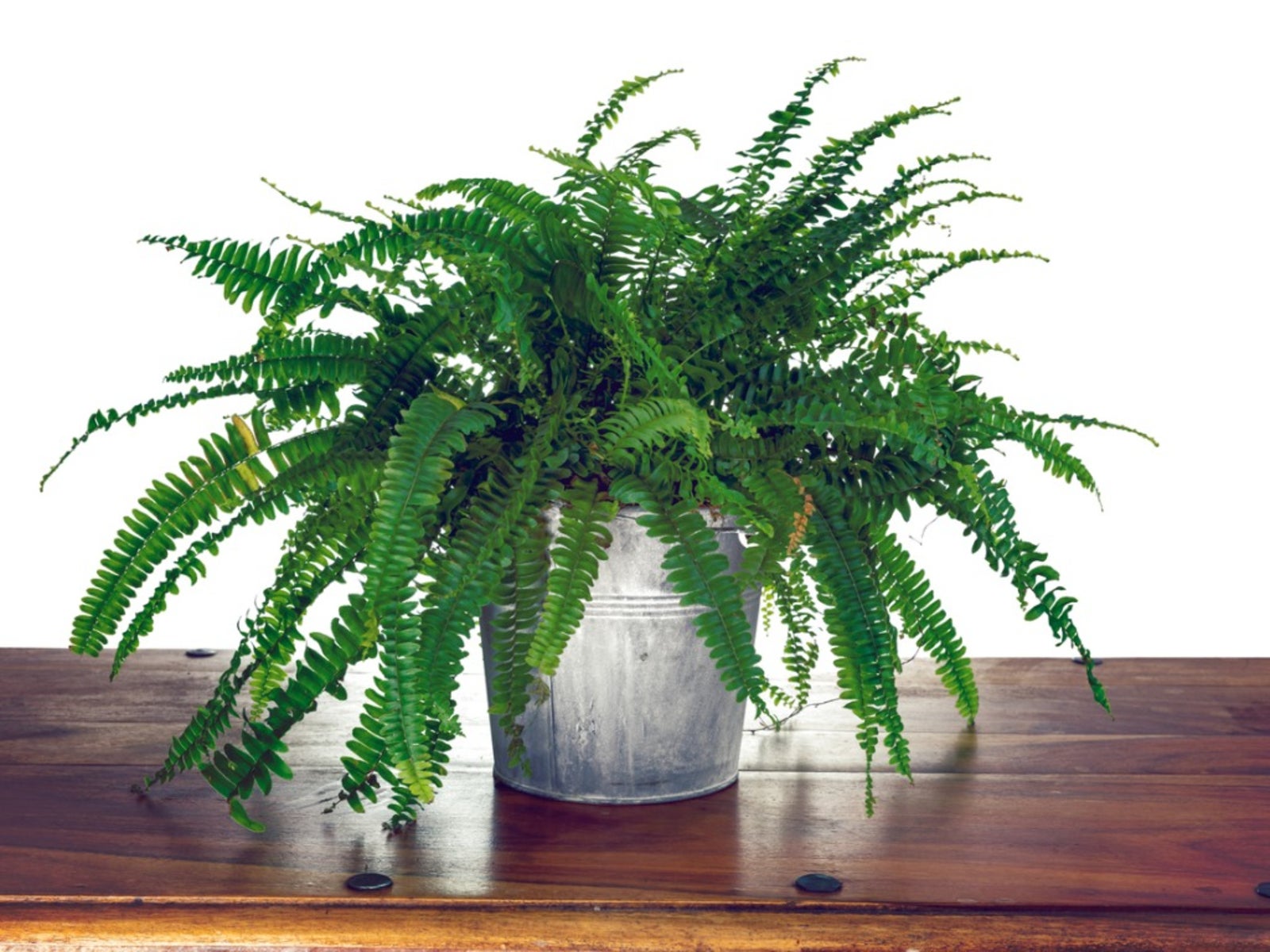 Boston Fern Humidity - Learn About Boston Fern Misting Needs
Boston Fern Humidity - Learn About Boston Fern Misting NeedsBoston fern is native to tropical climates and without a high level of humidity, the plant is likely to display dry, brown leaf tips, yellow leaves, and leaf drop. Read this article to learn more about improving Boston fern indoor air.
By Mary H. Dyer
-
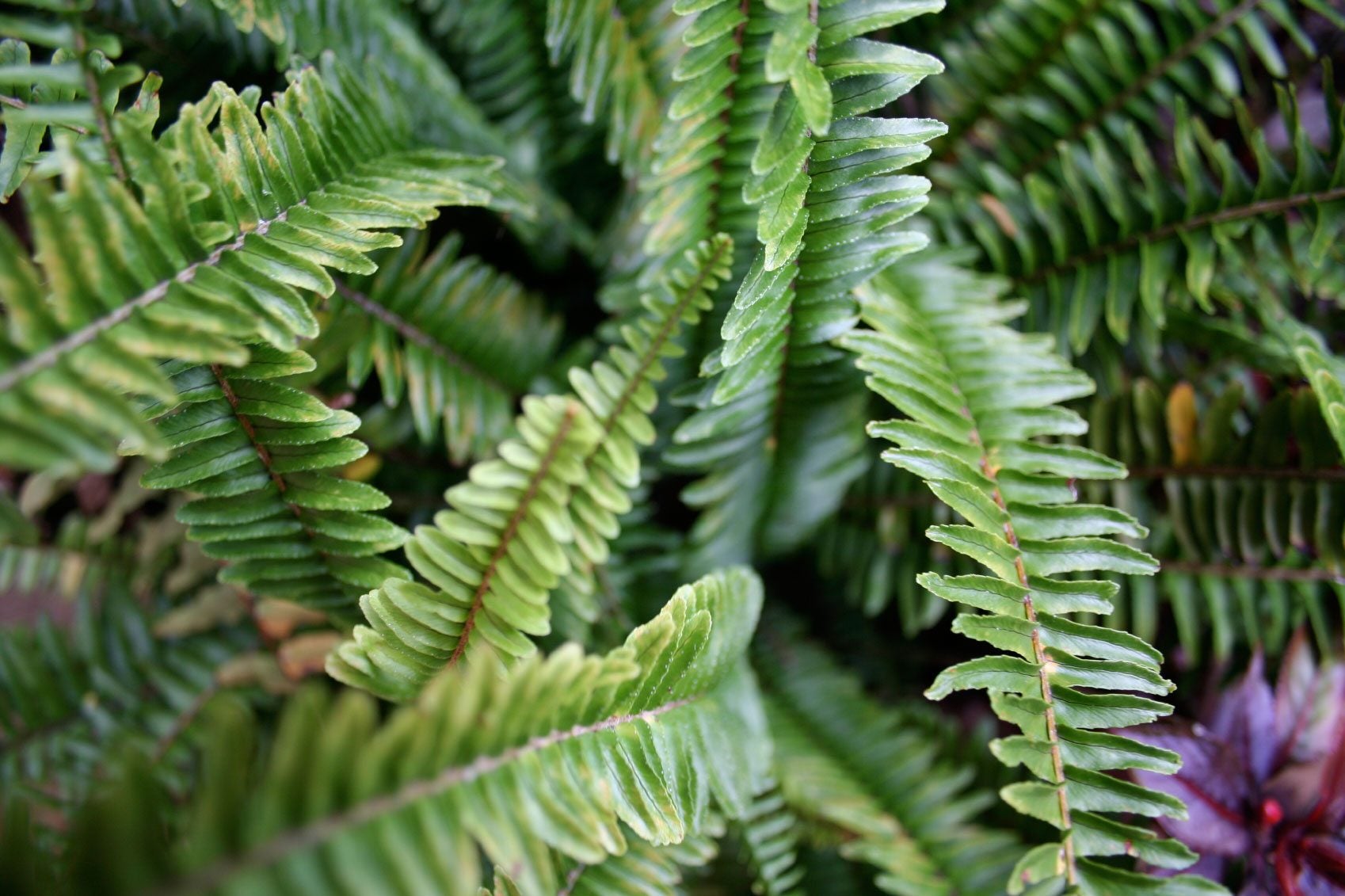 Boston Fern Leaf Drop: Why Leaflets Fall From Boston Fern Plants
Boston Fern Leaf Drop: Why Leaflets Fall From Boston Fern PlantsBoston ferns are great indoor accent plants, but they've earned a reputation for being difficult to care for due to frequent yellowing, drying or dropping of their leaves once inside. Learn how to prevent or halt Boston fern leaf drop in this informative article.
By Kristi Waterworth
-
 Watering A Boston Fern: Learn About Boston Fern Watering Needs
Watering A Boston Fern: Learn About Boston Fern Watering NeedsWatering a Boston fern isn't rocket science, but understanding how much and how often to water requires a bit of practice and careful attention. Click here for more info.
By Mary H. Dyer
-
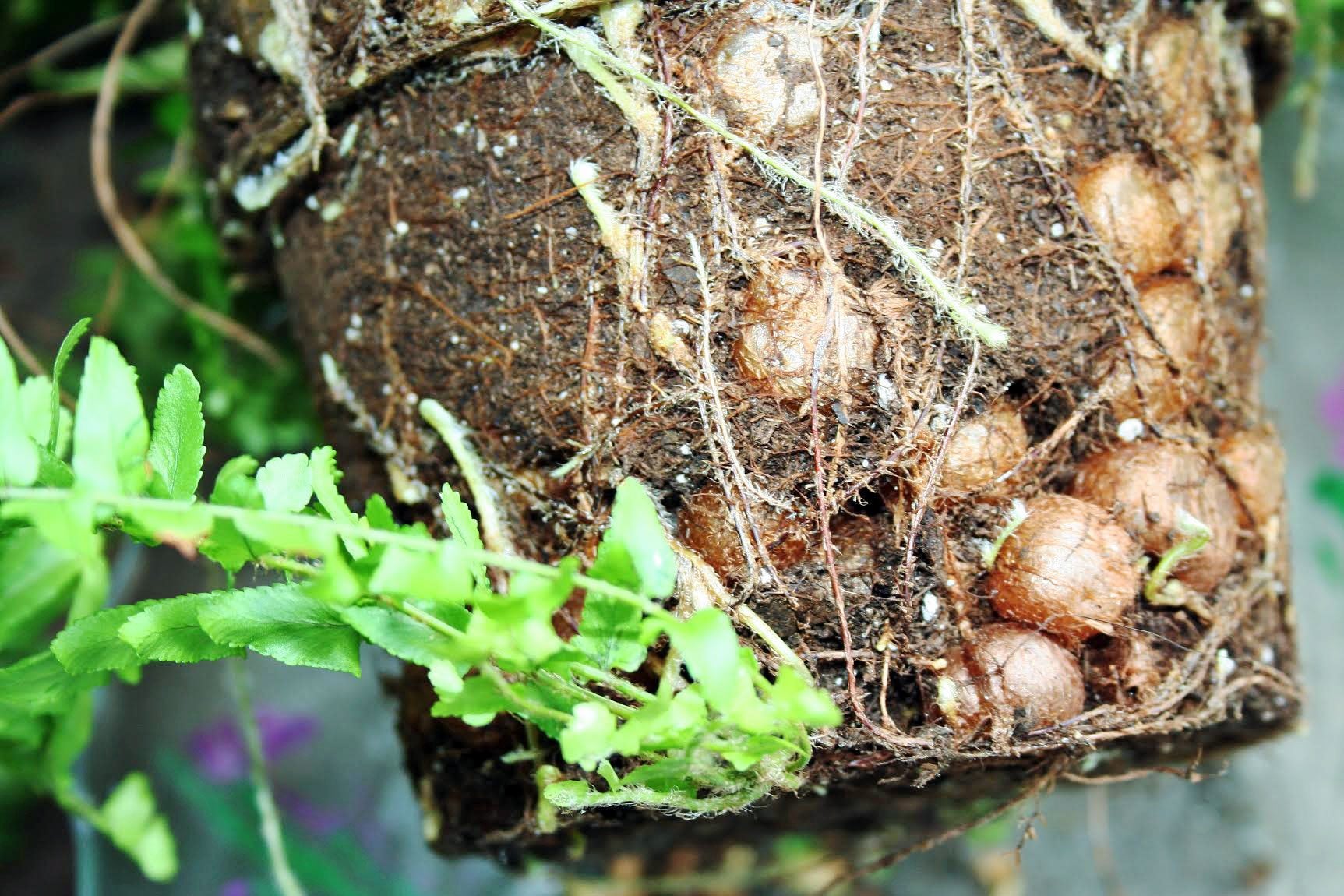 Root Nodules On Boston Fern: What Are The Balls On Roots Of Fern Plants
Root Nodules On Boston Fern: What Are The Balls On Roots Of Fern PlantsBoston fern, also known as sword fern, is a dependable plant with masses of long, graceful fronds. One might also notice root nodules on Boston fern plants, of which this article explores. Click here for more information.
By Mary H. Dyer
-
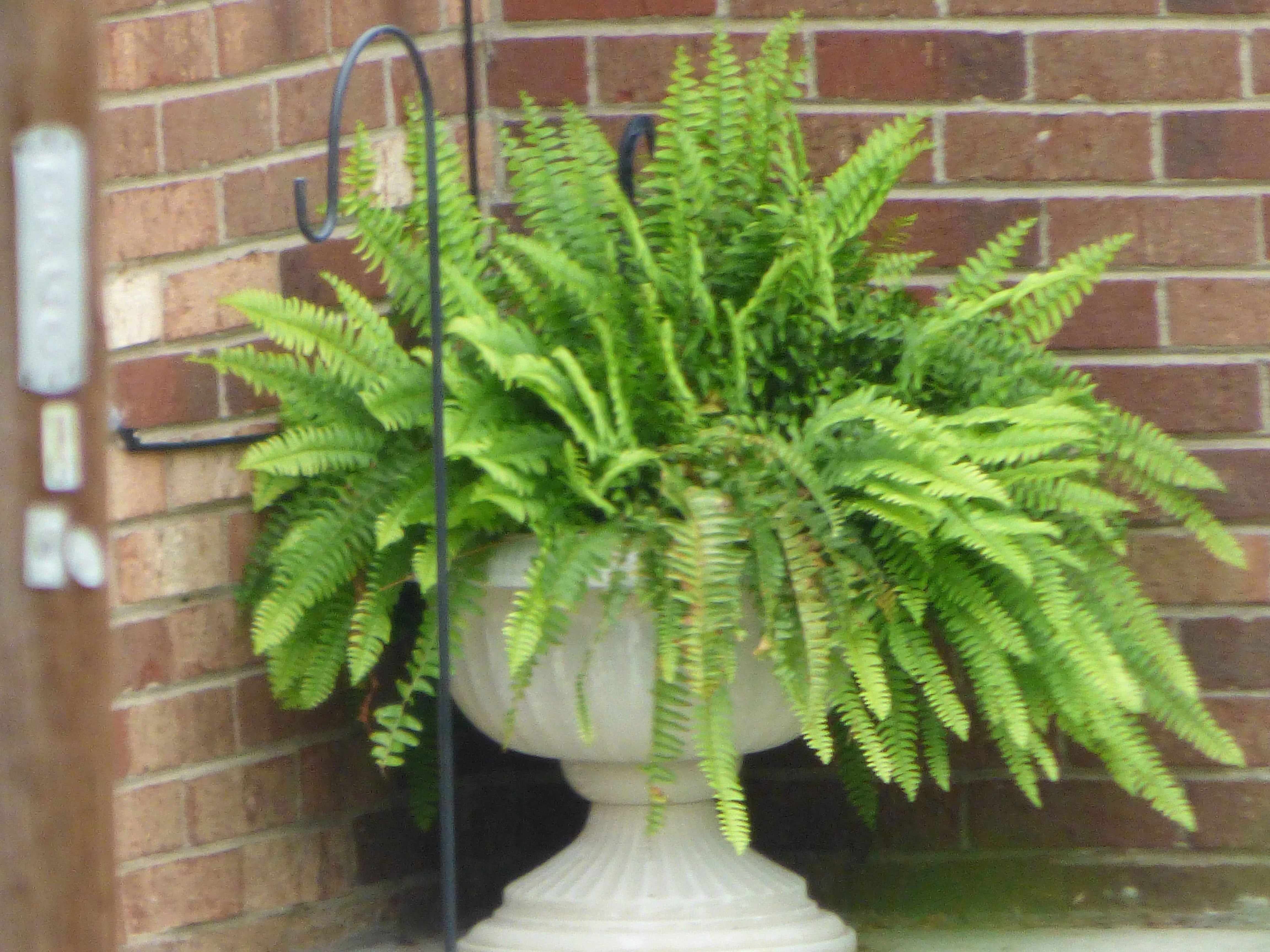 Boston Fern Outdoors: Can A Boston Fern Be Grown Outside
Boston Fern Outdoors: Can A Boston Fern Be Grown OutsideBoston fern is a lush, old-fashioned plant valued for its lacy, bright green foliage. When grown indoors, this easy-care plant provides an air of elegance and style. But can your grow Boston fern outdoors? Read here to find out.
By Mary H. Dyer